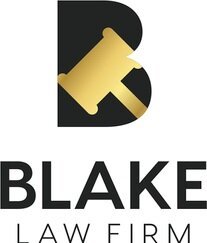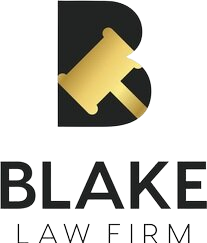ENFORCING A MECHANICS LIEN IN CALIFORNIA
In California, a contractor who provides labor, services, equipment, or material for any private work of improvement on real property, and is unpaid by the property owner, is allowed to record a Mechanics Lien against the subject property as one method to hopefully collect payment. (See California Civil Code §§8400-8494). The Mechanics Lien is a lien that attaches to the subject property in the amount of the unpaid debt and can be foreclosed on if the contractor follows certain procedures to create, perfect and enforce the lien, which under California law, must be strictly complied with. This article assumes the contractor served a valid preliminary notice on the owner, completed the work contracted for and was not paid in full for their labor, services, equipment and/or material.
After the completion of the work, the first step for a contractor to enforce a Mechanics Lien is to actually prepare the Mechanics Lien itself, which is typically a one or two page document that will ultimately be recorded in the County where the property is located. There is no required form for a Mechanics Lien but the statute requires that it contains the following information: (1) the dollar amount demanded by the contractor; (2) the property owner’s name; (3) a general description of the labor, services, equipment and/or material furnished by the contractor; (4) the name of the person/entity employing the contractor; (5) a sufficient description of the property or project; (5) the contractor’s address; (6) a proof of service establishing that the Mechanics Lien was served on the property owner; and (7) a specific statement in boldface type entitle “Notice of Mechanics Lien,” which is boilerplate language taken directly from the statute. (See Civil Code §8416(a)). It is critical for the contractor to comply with the foregoing requirements, otherwise, the Mechanics Lien could be deemed invalid or unenforceable.
After the Mechanics Lien has been prepared and served on the property owner (via registered mail, certified mail, or first-class mail), the contractor is permitted to record the Mechanics Lien in the County records, provided that it is recorded by the earlier of: 90 days after completion of the work of improvement, if the owner does not record a notice of cessation, or within 60 days after the property owner records a notice of completion or notice of cessation of the work. (Civil Code §8412) The contractor will want to check with the applicable County Recorder’s Office to determine the process for recording documents in the county where the subject property is located. The County will affix a recording stamp to the Mechanics Lien that will indicate the date and time of recording and the document number assigned by the County. The recorded copy of the Mechanics Lien must then be served on the property owner in the same manner as serving the Mechanics Lien prior to being recorded. The priority of a Mechanics Lien relates back to the date when the contractor first supplied labor or material to the project, not as of the date the Mechanics Lien was recorded.
If the property owner still does not pay the contractor the amount stated in the Mechanics Lien, the contractor can file a court lawsuit to foreclose on the Mechanics Lien, provided that the lawsuit is filed within 90 days after recording the Mechanics Lien, otherwise, if the 90 days pass without filing the lawsuit, the lien expires and is unenforceable. (Civil Code §8460(a)). There is a process to extend the 90 day period, however, it requires the consent of the property owner, which may be difficult to obtain if the parties are in a dispute.
The lawsuit to foreclose on the Mechanics Lien requires the contractor to name the property owner and any other person(s) with an interest in the property as defendants in the lawsuit. A typical lawsuit to foreclose on a Mechanics Lien, will also include claims by the contractor against the property owner, for breach of contract, unjust enrichment, common counts (e.g. quantum meruit), and other claims depending on the particulars of the dispute. Within 20 days of filing the lawsuit, the contractor is also required to record a Notice of Pendency of Action (otherwise known as a Lis Pendens) in the county where the property is located. The Notice of Pendency of Action provides constructive notice to any potential purchasers or encumbrancers as to the existence of the lawsuit.
Once the lawsuit is pending and has been served on all the defendants, it will proceed like a normal civil lawsuit and the defendant(s) may assert various defenses and/or allege cross-claims against the contractor, which is outside the scope of this article. However, ultimately, if the lawsuit proceeds to a trial and the contractor is successful on its claims, the court can order a foreclosure on the Mechanics Lien. At any time, the property owner and contractor can resolve their dispute, and if so, the contractor will typically record a waiver or release of the Mechanics Lien and dismiss the lawsuit.
Enforcing a Mechanics Lien is a complicated process and requires that the contractor strictly comply with numerous steps in order to foreclosure on their lien. This article explains the procedure and timeline in order to enforce a Mechanics Lien. However, there are several nuances and exceptions to the general law of Mechanics Lien, so it is important to consult with an attorney when pursuing or defending against a Mechanics Lien. The attorneys at the Blake Law Firm have substantial experience with Mechanics Liens, so please do not hesitate to contact us if you need legal assistance with a Mechanics Lien.
If you enjoyed reading this article please be sure to sign up here for our newsletter to get access to our private articles just for our newsletter subscribers. Our newsletter is emailed out only once a month to our subscribers. You can unsubscribe at any time.



